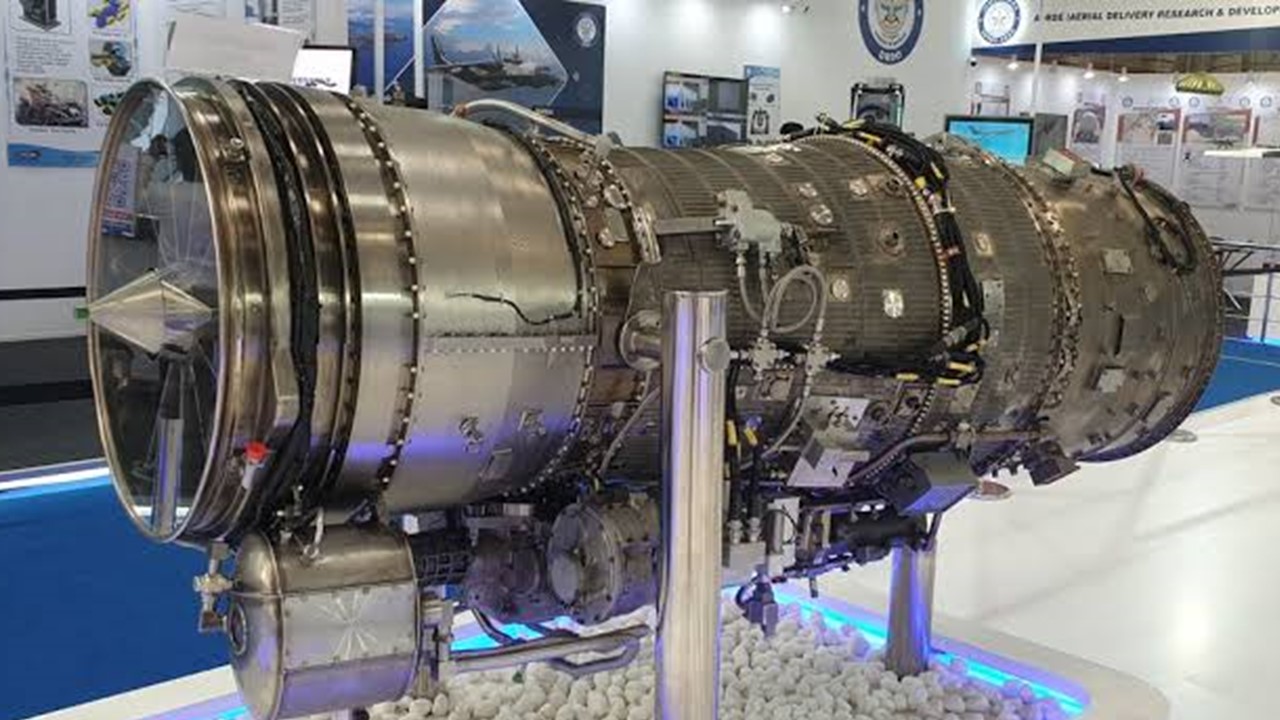SOURCE: RAUNAK KUNDE / NEWS BEAT / IDRW.ORG

The Gas Turbine Research Establishment (GTRE) has expressed confidence that the Dry Kaveri engine, once proven on the Light Combat Aircraft (LCA) Tejas Mk1 Trainer, will pave the way for the development of the more advanced Kaveri 2.0 engine. This progress is crucial for securing additional funding for further research and development.
The current Dry Kaveri engine, equipped with an afterburner, is capable of generating 46kN of thrust in dry configuration and 73kN with an afterburner (wet thrust). Despite these impressive figures, this level of thrust is insufficient to power the Tejas Mk1A or MkII platforms effectively. However, the successful deployment and performance of this engine on the Tejas Mk1 Trainer will demonstrate GTRE’s capabilities and build a strong case for additional investment.
A GTRE official revealed to the IDRW team that the feasibility of the Kaveri 2.0 engine was explored in a joint study with French aerospace company Safran a few years ago. Based on the positive outcomes of this feasibility report, GTRE plans to seek nearly $1 billion in fresh investment. The goal is to enhance the current engine core to develop the Kaveri 2.0, which aims to deliver 55-58kN of dry thrust and 90kN of wet thrust.
This upgraded thrust capability will be sufficient to power the Tejas Mk1A jets, which are currently equipped with GE’s F-404 engines generating 84kN of wet thrust. Additionally, the Kaveri 2.0 will be able to power the Tejas MkII, which is designed to use GE’s F-414 engine, known for its 98kN wet thrust.
One significant advantage of the Kaveri engines, including the future Kaveri 2.0, is their flat-rated design. Flat-rated engines maintain consistent performance despite variations in ambient intake temperature and forward speed. This design is particularly advantageous in India’s hot and humid climate, where traditional engines like the GE F-404 and F-414 can lose nearly 10% of their power.
In real-flight conditions specific to India, the flat-rated Kaveri engines will continue to generate the same 90kN of wet thrust, matching the performance of the GE F-414 engines under similar conditions. This GTRE officials believe will be able to get IAF on board due to high reliability and efficiency in Indian Standard Conditions could position the Kaveri 2.0 as a competitive alternative to existing foreign engines.
But Kaveri engine demonstration in the next 2-4 years and later development of Kaveri 2.0 later might not be good enough to negate the immediate need for F-404 or F-414 engines in the Tejas Mk1A or MkII programs but new engine might be considered as alternatives at later stages when first batches of fighter jets are due to new engines that usually comes 10 years after entering service.
NOTE : Article cannot be reproduced without written permission of idrw.org in any form even for YouTube Videos to avoid Copy right strikes. Websites doing illegal reproductions will get DMCA and Legal Notices.